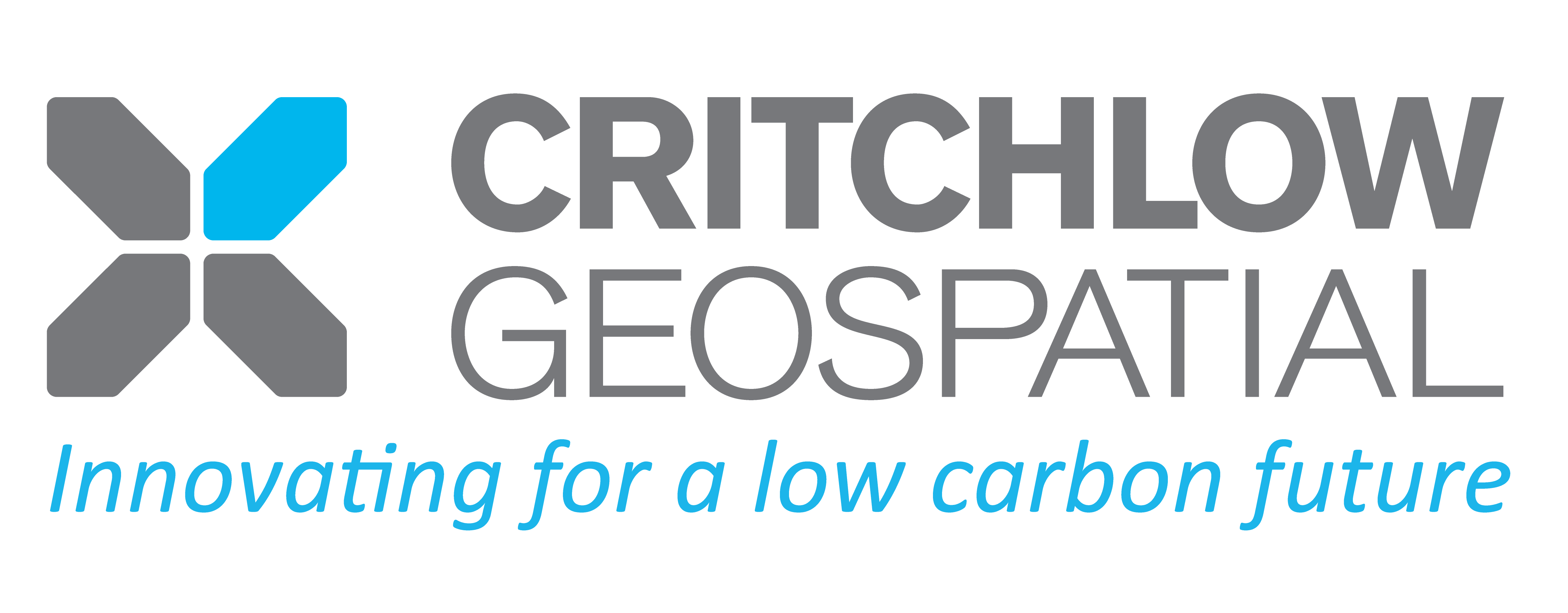NZ’s Emissions Reduction Plan: Targets only achievable if geospatial science and technology is front and centre
by Steve Critchlow, Group Managing Director, on 22-Jun-2022 13:43:39

Last week I attended the ANZ Bank webinar “Spotlight on New Zealand’s Emissions Reduction Plan” hosted by Steve Dixon and Sharon Zollner - a very interesting and insightful session about many of the key points in ANZ’s earlier published research paper on the same topic.
My key takeaways were: it’s urgent and we need to innovate. The action required to meet New Zealand’s Emissions Reduction Plan is no longer just “on the horizon”; it is needed now and it will require concerted innovation in a short timeframe (think months and quarters, not years and certainly not decades).
The session reinforced the thinking within Critchlow Geospatial that has been percolating away for some time now: geospatial science and technology (a discipline that was once in the background) will stand front and centre in the drive for the information and technologies that will help us meet the challenges that we are facing as we transition to our low carbon future.
Indeed, when you consider the sectors, initiatives and targets that New Zealand’s Emissions Reduction Plan focuses on (e.g. transport, forestry), meeting the emissions targets outlined in the report simply won’t be achieved without geospatial science and technology and its ability to model real-world, multi-factor relationships.
The report’s main focus is on the following sectors/industries:
- Planning and infrastructure
- Transport
- Energy and industry
- Building and construction
- Agriculture
- Forestry
- Waste
From earth observation satellite imagery that enables superior monitoring and analysis for many industry sectors to optimised transport route planning to reduce travel distances, the innovative application of geospatial science and technology will be fundamental to emissions reduction and our transition to a low carbon future.
Crossing the Chasm – accelerating technology lifecycle adoption
As a big admirer of Geoffrey A. Moore’s classic business text, “Crossing the Chasm: Marketing and Selling High-Tech Products to Mainstream Customers”, I firmly believe that several of the book’s key principles apply directly to how we accelerate the technology lifecycle adoption that is necessary to meet New Zealand’s emissions targets.
Critchlow Geospatial often adopts Moore’s strategies when launching new tools and solutions.
For example, when we launched our SwitchMyFleet online tool, we purposely targeted a key segment, which Moore terms the “early adopters”. Today, our target is the “early majority” who are in the most “acute pain” (that being fleet operators who need to transition from fossil fuels to electric power to reduce emissions but don’t know if they can). This “early majority” don’t like risk or ambiguity. This group wants hard evidence. They want real-world metrics provided by trusted sources that they can use to convince the most conservative of C-level executives and company directors.
SwitchMyFleet is just one example of crossing the chasm. SwitchMyFleet was expressly designed to accelerate the technology adoption lifecycle when it comes to transitioning vehicle fleets to electric and it has already been recognised as a multi-award winning solution both here and internationally.
Critchlow Geospatial has pioneered geospatial science and technology in New Zealand for many years and I’m very proud of our heritage of innovation and excellence. Whether it’s skilling up the next generation of geospatial innovators, or bringing to New Zealand the latest cutting edge technologies and data (such as earth observation satellite imagery), we have played - and will continue to play - an important role in our country’s technology sector.
The low carbon future and the critical role of geospatial science and technology
Getting back to the ANZ webinar, in my opinion, the session presented more real-world proof of the indisputable fact that the New Zealand’s Emissions Reduction Plan represents an inflection point in the role for geospatial science and technology as New Zealand prepares for and creates our low carbon future.
The simple truth is: The achievement of the convergence of targets contained within the Emissions Reduction Plan will be impossible without geospatial science and technology.
If you’re a geospatial innovator and want to make a continuing contribution to our low carbon future we’d love to hear from you.




.png)